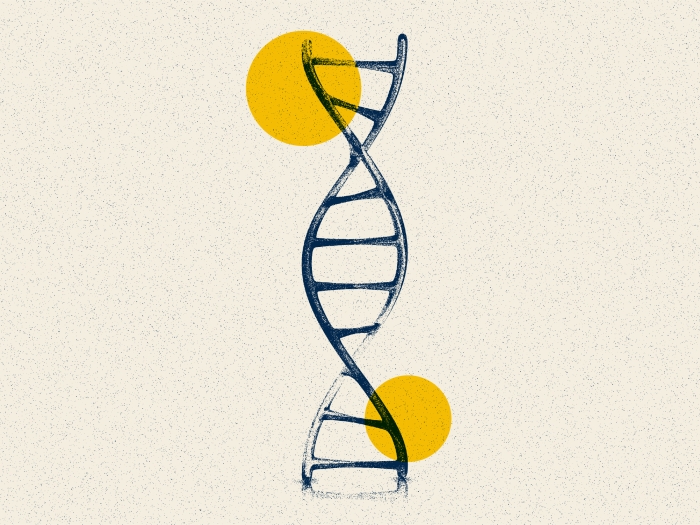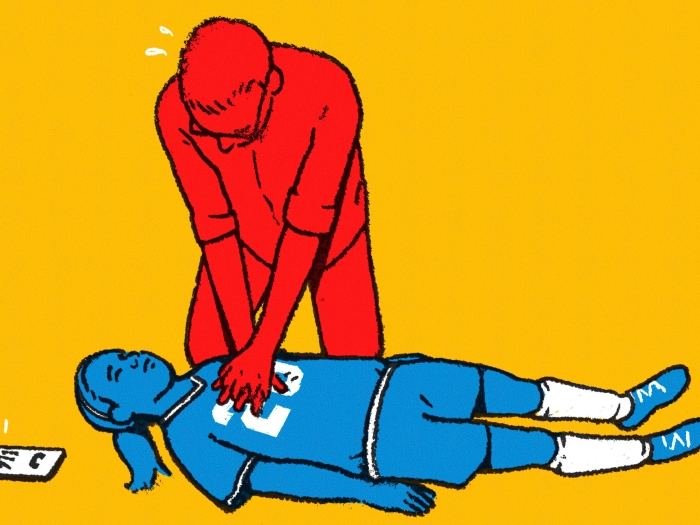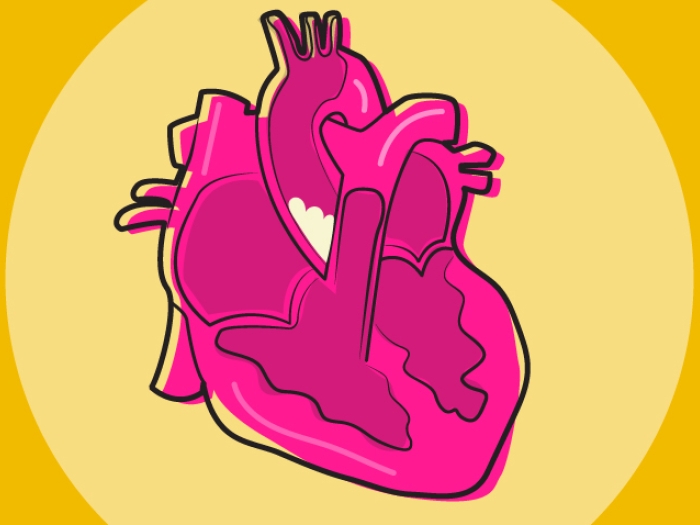High blood pressure in the lungs, a condition known as pulmonary hypertension, was a life-threatening scare for one woman. Her Michigan Medicine cardiac team offered comprehensive care.
7:00 AM
Author |

Cara Lister remembers the day when she first felt something wasn't quite right.
"I was walking to my car and became very short of breath," she says. Cara, then 48, thought it was asthma and made an appointment with her doctor, anticipating that an inhaler would be the solution.
MORE FROM MICHIGAN: Sign up for our weekly newsletter
Following the 2013 appointment and armed with an inhaler, Cara continued with her busy life in Battle Creek, Michigan, where she worked as an in-home nurse, while also caring for her children and managing the household.
Then, one day while grocery shopping, Cara says she nearly passed out.
A trip to a local emergency room eventually led to a diagnosis of pulmonary hypertension — and to a subsequent appointment with a pulmonologist who, to Cara's shock, told her: "There's nothing we can do for you here."
Cara's diagnosis of pulmonary hypertension meant she had high blood pressure in the pulmonary arteries in her lungs. In pulmonary hypertension, also known as PH, the blood vessels in the lungs become narrowed and the heart has to work harder to pump blood through them.
The condition can have no known cause. It also can be genetic or caused by medications or toxins. It can occur because of an underlying disease or health issue, including congenital heart disease, blood clots in the lungs, left-sided heart disease, lung disease and sleep apnea, among other things.
Fearing for her life
Cara, who also had high blood pressure and diabetes, says she was fearful she might not survive. She was referred to the University of Michigan Frankel Cardiovascular Center, where she met with Vallerie McLaughlin, M.D., director of the Pulmonary Hypertension Program.
SEE ALSO: Pulmonary Hypertension: Know the Signs, Causes and Treatments
Many steps were taken to pinpoint the problem.
"A very extensive diagnostic algorithm is required to fully characterize PH," says McLaughlin. When a patient is thought to have PH, he or she undergoes a pulmonary function test, a ventilation perfusion scan and an echocardiogram.
If the results of these tests point to PH, a right-heart catheterization is performed. This enables the pressure in the heart and lungs to be measured.
Treating PH
A number of medications approved by the Food and Drug Administration are available for the treatment of PH, according to the Pulmonary Hypertension Association.
These medications are administered in several ways: directly into a vein (intravenously), beneath the skin (subcutaneously), orally and by inhalation.
Here's how they work:
-
Some PH medications work by mimicking prostaglandin, a substance that PH patients tend to be deficient in.
-
Other PH medications work by reversing the effects of endothelin, a substance that PH patients tend to have in excess.
-
Other PH treatments work by allowing the lungs to produce more of their own natural vasodilators.
-
Doctors might also prescribe the anticoagulant warfarin to prevent blood clots, diuretics to reduce fluid retention and supplemental oxygen to help patients breathe.

Getting back to normal
After extensive testing, Cara remembers feeling relief when presented with a game plan.
"Dr. McLaughlin told me, 'This is what we're going to do,'" she says.
SEE ALSO: Hospital Harmonica Group Helps Lung Condition Patients Thrive
A heart catheterization and medication helped get Cara, now 51, back to better health. She currently takes IV medications to keep the arteries in her lungs open and to stop fluid from building up around her heart and lungs.
Cara also relies on supplemental oxygen, although it prevents her from heavy lifting, spontaneous outings and returning to work.
Still, she is grateful.
"Everything needs to be planned in advance," she says, adding that those compromises are a small price to pay for her improving health. "I feel so much better. My symptoms are gone."
Asked if she's back to normal, Cara replies: "I'm headed in that direction!"

Explore a variety of healthcare news & stories by visiting the Health Lab home page for more articles.

Department of Communication at Michigan Medicine
Want top health & research news weekly? Sign up for Health Lab’s newsletters today!





